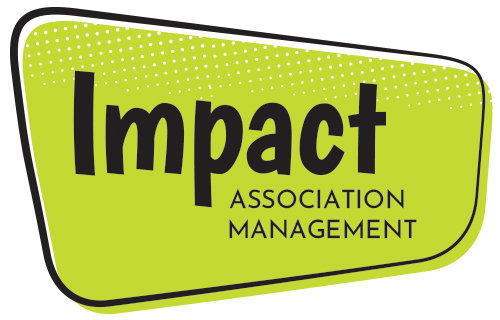With limited time on the board, you may find it difficult to spend your efforts writing up plans, processes, and procedures. When it comes to your association’s communications, it is important that you take the time or work with your AMC to come up with a yearly plan. Every instance in which you are communicating with a member whether it be through social media, an email blast, or a newsletter, you are influencing their decision to stay in the organization or not. Here are a few ways you can efficiently put together a 2021 communication plan.
Write it down. If you want a plan that you will stick to, you need to make it one you can refer back to. Conversations regarding your communications plan are good, but they don’t allow you to focus on strategy, set defined goals, or say no to future ideas. If you have a set strategy, it is important to stay aligned with that strategy. If someone on the board suggest a tactic to reach members, look at your goals and plans and see if this suggestion aligns with them. If not, add it to a list of ideas for a future year. Writing your plan down, also allows you to properly budget for the upcoming year. Will you be sending any direct mail or boosting Facebook posts? Plan for it and share it with those in charge of the budget. Now, when it comes time to send an invite for the upcoming conference, there will be no questions. It was in the plan!
What should your communication plan consist of? Your plan should consist of the 4 following elements.
Organizational Summary: Start off your communication plan with an executive summary of the entire plan. This should be written last but included first! This section is great for those who are less involved in communications but should still know what is going on in this area. Include your vision and mission statements, a list of products/services/benefits that members will take away from the year, a list of who is in charge of what, and the marketing budget.
Market Research: Before spitting out ideas, it is important to understand the facts. Do some industry research and see what trends are relevant to your organization and members. Where do you sit in the market? Where do those in the industry see you in comparison to similar organizations? After determining this, define your unique selling proposition. Clearly state what you are doing better than your competition and then flip the script. What are they doing better than you?
Target Audience: When sending out any form of communication, it is important to understand who you are targeting. Create different segments for each type of person you will be reaching out to in the upcoming year. This can include prospective, current, new, and lapsed members, but doesn’t have to stop there. You can get more specific with age or interests. It is important that the communication you are sending out, aligns with the interests and needs of those you are reaching.
Goals: Last but not least, you need clearly defined and achievable goals. Narrow down your goals to 3. This will allow you to truly focus on a few set objectives rather than having too many irons in the fire. List these goals in order of priority and ensure they also align with the organization’s goals for the year. Refer back to these goals regularly and mark your progress each quarter. Next year, you can evaluate whether you over committed, lost focus, or were successful in achieving those goals.
If you take the time to either work on a communication plan or have your AMC, the results will pay off and you will make for an easier year all around.

